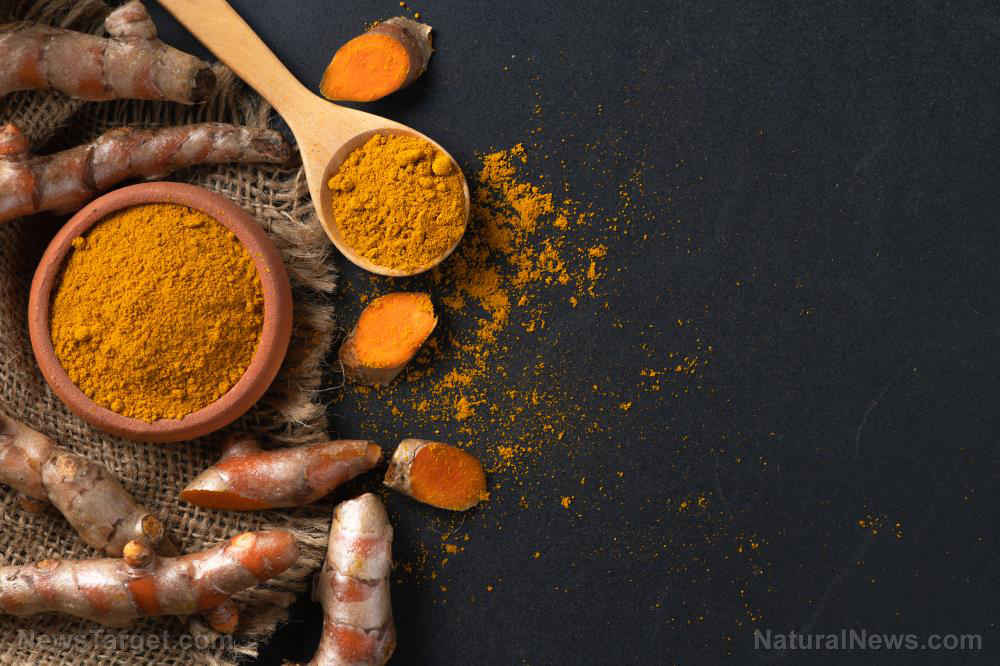
Ginger is a natural anti-inflammatory that also offers other health benefits. In fact, the versatile plant can even help boost your mental health.
Ginger (Zingiber officinale) comes from the rhizome or root of a flowering plant native to China, but the spice can grow in any area that is warm and humid. Aside from its use as a natural remedy for digestive disorders, ginger can also be used to address arthritis, memory loss and dementia, and muscle aches and pains.
Thanks to scientific research, experts are beginning to understand how ginger works. To date, research has identified over 100 compounds in ginger. More than 50 of these are antioxidants, which is crucial to brain health since the organ is vulnerable to free radical damage.
Ginger is often used as an anti-inflammatory, making it a popular natural remedy for arthritis. The plant’s anti-inflammatory property can also help people with brain disorders like ADHD, Alzheimer’s, anxiety, brain fog, and depression, which are often associated with chronic inflammation of the brain. Experts believe that ginger’s anti-inflammatory effects on the brain are due to two unique compounds called 6-shogaol and 10-gingerol.
Like the Indian spice turmeric, ginger also has a compound called curcumin. This compound is a natural antibacterial, antifungal, anti-inflammatory, antioxidant, and antiviral. Curcumin is a potent herbal brain supplement ingredient that can help address anxiety, brain aging, depression, and neurodegenerative diseases. (Related: What Happens To Your Body When You Start Eating Ginger Every Day.)
The power of the elements: Discover Colloidal Silver Mouthwash with quality, natural ingredients like Sangre de Drago sap, black walnut hulls, menthol crystals and more. Zero artificial sweeteners, colors or alcohol. Learn more at the Health Ranger Store and help support this news site.
Ginger for brain health
Your body is constantly under attack from oxidative stress. Oxygen in the body splits into single atoms with unpaired electrons, and electrons can often be found in pairs. These atoms, called free radicals, scavenge the body to find other electrons so they can become a pair. When these atoms are paired, they cause damage to cells, DNA, and proteins. Studies show that free radicals are linked to diseases like Alzheimer’s disease, atherosclerosis, cancer, and Parkinson’s, among others.
Your brain is prone to free radical damage since it requires a lot of oxygen. Free radicals are caused by common factors like:
- Air pollution
- Fried food
- Grilled meat
- Lack of sleep
- Radiation from your mobile phone and computer
- Stress
Antioxidants in ginger can also protect the brain from further damage and memory loss after a stroke.
Ginger increases the level of two of the most important brain chemicals: dopamine and serotonin. Depression is strongly associated with deficient levels of both chemicals.
Dopamine is called the “motivation molecule” because it helps you focus and be productive. Dopamine is also in charge of your pleasure-reward system. Meanwhile, serotonin is known as the “happiness molecule” because it helps sustain a positive mood.
The spice is traditionally used to treat memory loss and dementia and research has determined that ginger can help improve other cognitive functions besides memory. According to a study, healthy adults given dried ginger supplements showed improvements in attention, reaction time, and working memory.
People with diabetes also rely on ginger as a natural remedy because it can help control blood sugar, especially if you are diagnosed with Type 2 diabetes. Ginger has antioxidants called gingerols that enhance insulin sensitivity and prevent certain neurological diabetic complications.
Ginger is an effective remedy that can minimize the pain of migraine headaches. The spice has similar effects to sumatriptan, a commonly prescribed migraine drug that narrows blood vessels to the brain. But unlike sumatriptan, which is associated with negative side effects, ginger can relieve migraines without any side effects.
Suggested ginger dosages
Ginger, which comes in many forms, can be used as a food and as a supplement. Ginger supplements are available as capsules, crystals, essential oils, extracts, loose powder, and tinctures.
A typical dose of ginger is one gram, and the best way to ingest this dose is by taking two ginger capsules. Most supplements contain at 500 milligrams (mg) per capsule.
Below are some ginger dosage equivalents:
- One teaspoon of fresh, grated ginger root
- Two droppers (or two milliliters [ml]) of liquid ginger extract
- Two pieces of crystallized ginger (about a one-inch square and 1/4 inch thick for each piece)
- Four cups of ginger tea (Make the tea by steeping two teaspoons of grated ginger in 32 ounces of water for five to 10 minutes.)
Possible ginger side effects and interactions
When consumed as a food, especially fresh, ginger is considered very safe with little to no side effects. However, when too much ginger is consumed in other forms, especially powdered ginger, it may cause side effects such as bloating, gas, heartburn, and nausea.
Ginger also functions as a blood thinner. Avoid taking it as a supplement if you take blood-thinning medication such as warfarin. If you take diabetes or high blood pressure medications, talk to a healthcare professional to determine adjustments to your medication if you want to take supplemental ginger.
Ginger is a versatile herbal remedy that can help relieve digestive upset, and it also offers various benefits for brain health and function. Add fresh ginger to your diet or take it as a supplement to enjoy its many benefits and improve both your physical and mental well-being.
Visit Healing.news to read more articles about ginger and other natural cures that can help improve your mental health.
Sources include:

